Public spaces under siege in Bangladesh
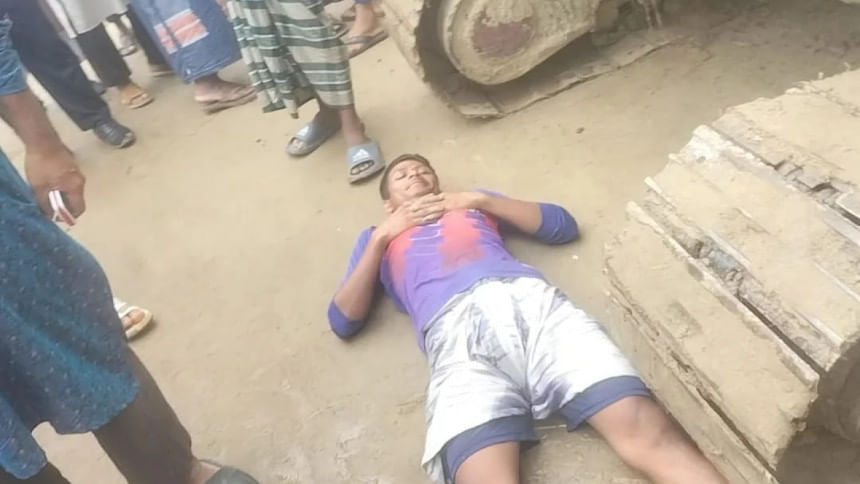
The scarcity of open spaces in Dhaka has long been a serious concern for its residents. Dhaka North City Corporation (DNCC) has only 23 parks across its 54 wards, while there are 27 parks in the 75 wards of Dhaka South City Corporation (DSCC). Moreover, far from creating new spaces for residents to relax, exercise, or socialise, the existing parks and playgrounds have increasingly come under threat, with public access often restricted. The last few years have seen protests erupt against attempts to encroach or dilute Suhrawardy Udyan, Shaheed Anwara Udyan, Osmani Udyan, Khilgaon Chowdhury Paara Shishu Park, Panthakunja Park, and Hatirjheel Lake by both government and non-government entities.
In other parts of Bangladesh, smaller-scale protests—often barely making headlines—have also emerged. For instance, the defence of Gokul Mathura playground in Rajshahi, Bolai Shimul playground in Netrokona, and Linear Park in Khulna demonstrated the persistent grassroots efforts to preserve open spaces. Though such efforts may not always make national news, their environmental and social significance is undeniable.
Authorities often cite their inability to prevent illegal activities surrounding parks and open spaces, or to run them properly, as justification for leasing or repurposing them. One might assume that in more affluent urban areas such as Gulshan, the situation would be different. But the reality tells a far different story: encroachment in these areas is largely carried out by powerful, profit-driven corporate clubs, often with little fear of legal consequences.
Take the case of Shaheed Tajuddin Ahmed Smriti Park, formerly known as Gulshan Central Park, an 8.87-acre park situated in Gulshan 2. In 1990, the park was leased out, leading to the establishment of the Wonderland Children's Park. This marked the beginning of the commercialisation of the park, even though it was located in a residential area. A writ petition filed in 1995 challenged this commercial use, and the High Court ruled against Wonderland, resulting in the demolition of its structures in 2012.
In March 2013, following Rajdhani Unnayan Kartripakkha's (Rajuk) notice to remove illegal structures, the Gulshan Youth Club—which by then had already encroached on more than half the park—challenged the notice in High Court (HC). On August 31, 2022, the HC ruled against the club, reaffirming that plot 130A was legally designated as a "park" in the Gulshan Model Town layout plan. The court explicitly stated that no structures could be built there and that all unauthorised constructions must be removed to restore the park. Surprisingly, despite the clear court orders, only 3.33 acres of the park were renovated and reopened to the public, leaving the remaining 5.54 acres under the control of Gulshan Youth Club. DNCC permitted it to continue operating illegally, defying the court's instructions.
The park's renovated portion included children's rides, diverse plant varieties, and open grounds. According to news reports, there were two play zones, catering to children and differently-abled individuals, with 22 rides. The open field allowed anyone to come and play, offering a rare breath of fresh air for local residents.
In January 2023, DNCC issued a call for expressions of interest from private operators to manage five of its parks and playgrounds, including Tajuddin Park. On January 17, 2024, Gulshan Youth Club was appointed operator for the entire park. This decision is particularly alarming, considering that DNCC appointed the same entity that had already occupied more than half the park in violation of court orders. After assuming management, the club removed children's rides, erected wired fencing around the open field, and laid artificial turf. It also restricted entry for children and began charging hourly rental fees for turf use.
On September 30, 2025, a group of environmental activists, lawyers, and academics served DNCC, Rajuk, and Gulshan Youth Club with a legal notice challenging the park's management agreement. The court has yet to issue a ruling on this. But it is evident that DNCC acted in contempt of court by handing over park management to an entity that restricted public access and profited from it. Moreover, the agreement between DNCC and Gulshan Youth Club violated several legal provisions, including the Playground, Open Space, Park and Natural Water Body Conservation Act, 2000, and a Rajuk-Dhaka City Corporation agreement. Handing public property to a private entity for profit also arguably constitutes corruption under the anti-corruption law. Despite the blatant illegality, little action has been taken against the occupiers.
The battle for open spaces is not limited to Dhaka or elite areas, however. In c, a century-old playground called Gokul Mathura came under threat from a madrasa planning to construct a building there. In June 2025, local youth physically blocked construction by lying in front of the excavator, temporarily halting the work. Despite several letters sent to district and upazila authorities, the matter remains unresolved, with a court case filed by locals still ongoing.
These incidents illustrate that commercialisation or occupation of parks and open spaces is widespread across the country. While the actors vary from area to area—from elite commercial institutions in Gulshan that can defy multiple court orders to local entities that can leverage political influence—the struggle remains similar. Citizens have had to continuously fight to preserve the few public spaces left for recreation, community, and the environment.
These stories of parks, playgrounds, and open spaces reflect a broader societal challenge: the tension between public interest and private profit, between legal mandates and political influence. It is a struggle that demands vigilance, activism, and accountability at all levels of governance. Ultimately, the preservation of these spaces is not just about protecting greenery or playgrounds; it is about safeguarding the social, cultural, and environmental fabric of communities. The question is: will citizens, authorities, and institutions rise to the challenge, or will public spaces continue to be sacrificed for private gain?
Amirul Rajiv and Naim Ul Hasan are coordinators at the Bangladesh Tree Protection Movement.
Views expressed in this article are the authors' own.
Follow The Daily Star Opinion on Facebook for the latest opinions, commentaries and analyses by experts and professionals. To contribute your article or letter to The Daily Star Opinion, see our guidelines for submission.


 For all latest news, follow The Daily Star's Google News channel.
For all latest news, follow The Daily Star's Google News channel. 



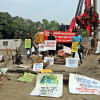
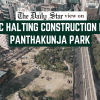

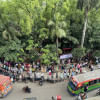


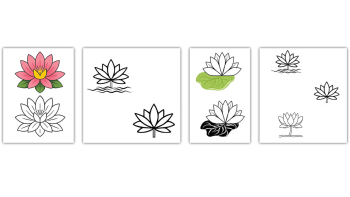
Comments